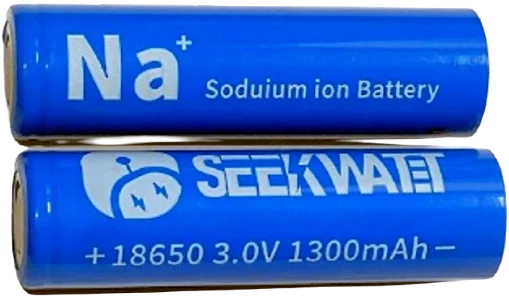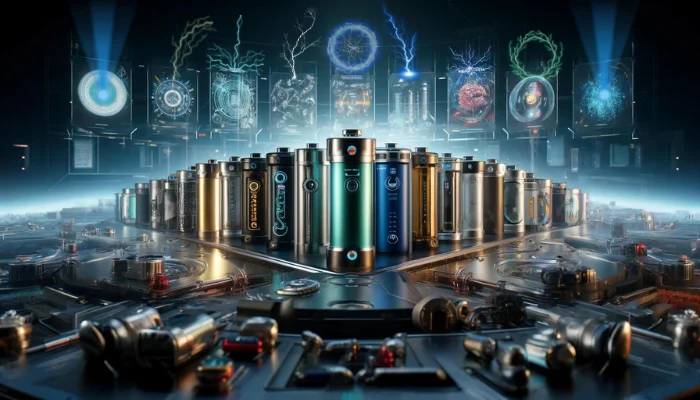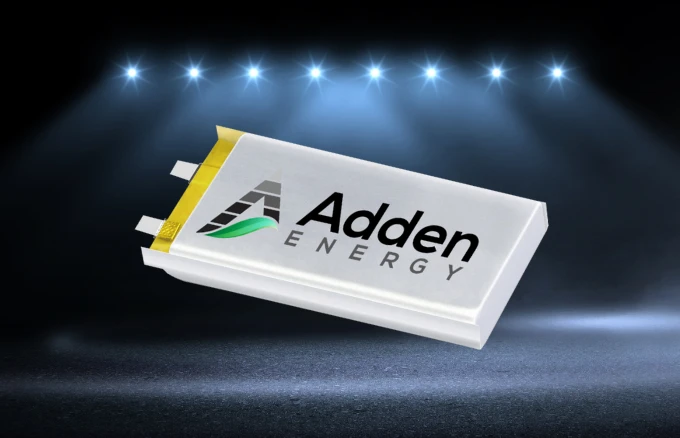The future of energy storage is rapidly evolving, and the competition to innovate is fiercer than ever. Let’s dive into the cutting-edge battery technologies that are set to transform the industry.
1. Lithium-Ion Batteries: The Current King
Lithium-ion batteries are the backbone of modern energy storage. With high energy density and long life cycles, they dominate the market. However, their limitations in cost, safety, and environmental impact drive the search for better alternatives.
Advantages: High energy density, long life cycles.
Eco-Impact: Moderate; involves mining lithium and use of toxic electrolytes.
2. Sodium-Ion Batteries: Affordable and Abundant

Sodium-ion batteries promise a more sustainable option by using readily available sodium instead of lithium. They offer similar performance but at a lower cost and with a smaller environmental footprint. This technology is progressing quickly, with companies like Natron leading the way.
Advantages: Lower cost, uses abundant materials.
Eco-Impact: Lower environmental footprint compared to lithium-ion.
3. Magnesium-Ion Batteries: High Potential and Safety
Magnesium-ion batteries are gaining attention for their high theoretical energy capacity and intrinsic safety. Magnesium is abundant and less reactive, making these batteries safer and potentially cheaper than lithium-ion. However, they are still in the early stages of development.
Advantages: High energy capacity, safer than lithium-ion.
Eco-Impact: Less reactive, uses abundant magnesium.
4. Zinc-Ion Batteries: Stability and Sustainability
Zinc-ion batteries utilize zinc, a material with an established global supply chain and excellent recyclability. These batteries use water-based electrolytes, enhancing safety. Despite lower energy density compared to lithium-ion, their stability makes them ideal for stationary energy storage.
Advantages: High availability, stable, recyclable.
Eco-Impact: Non-flammable electrolytes, strong recycling potential.
5. Aluminum-Ion Batteries: Fast Charging
Aluminum-ion batteries could bridge the gap between traditional batteries and supercapacitors, offering extremely fast charging times and high power density. Aluminium is abundant and recyclable, making this technology both practical and eco-friendly, though commercial availability is a few years away.
Advantages: Extremely fast charging, high power density.
Eco-Impact: Highly recyclable, cheaper than lithium-ion.
6. Lithium-Sulphur Batteries: High Energy Density
Lithium-sulphur batteries promise higher energy densities than lithium-ion, making them suitable for applications where weight is critical. Challenges remain, particularly in cycle stability and safety, but advancements continue, especially in stationary storage.
Advantages: Higher energy density, lightweight.
Eco-Impact: Uses less rare materials, but still has safety and stability challenges.
7. Metal-Air Batteries: Harnessing the Atmosphere
Metal-air batteries, such as lithium-air and zinc-air, use oxygen from the air as a reactant, significantly increasing energy density. While still experimental, these batteries could revolutionize energy storage if their practical challenges, like limited rechargeability, can be overcome.
Advantages: High energy density, lightweight.
Eco-Impact: Potentially very eco-friendly if rechargeability issues are solved.
8. Redox Flow Batteries: Scalability and Longevity
Redox flow batteries are ideal for large-scale energy storage due to their scalability and long operational life. Vanadium redox flow batteries (V-RFBs) are commercially available and can discharge for extended periods, making them perfect for grid stabilization.
Advantages: Scalable, long life cycle.
Eco-Impact: Suitable for large-scale, stationary energy storage with low environmental impact.
9. Solid-State Batteries: The Next Frontier
Solid-state batteries replace liquid electrolytes with solid materials, enhancing safety and energy density. This technology is promising but complex, requiring significant research to reach commercial viability. They hold the potential to outperform current lithium-ion batteries in many aspects.
Advantages: Higher safety, better energy density.
Eco-Impact: Potentially lower environmental impact with solid electrolytes.
10. Graphene-Based Batteries: Speed and Efficiency
Graphene batteries leverage the extraordinary properties of graphene to enhance energy storage capabilities. These batteries offer faster charging, higher capacity, and longer lifespan. They are still in development but represent an exciting future for battery technology.
More To Discover
Advantages: Faster charging, higher capacity, longer lifespan.
Eco-Impact: Potential for significant performance improvements with reduced environmental impact.
Honorable Mentions
- Calcium-Ion Batteries: Like lithium-ion, but with potentially lower costs and safer materials.
- Organic Batteries: Using organic materials for electrolytes and electrodes, these batteries aim to reduce environmental impact.
- Silicon-Anode Batteries: Improving the anode of lithium-ion batteries with silicon to increase capacity and reduce weight.
- Structural Batteries: Scientists have recently announced a successful single-cell cement-based battery that uses buildings as batteries.
Comparison at a Glance
- Lithium-Ion: Reliable, high energy density, moderate eco-impact.
- Sodium-Ion: Affordable, sustainable, similar performance to lithium-ion.
- Magnesium-Ion: High capacity, safer, less environmental impact.
- Zinc-Ion: Stable, recyclable, ideal for stationary storage.
- Aluminium-Ion: Fast charging, high power, cheaper and recyclable.
- Lithium-Sulphur: High energy density, lightweight, with some safety challenges.
- Metal-Air: Very high energy density, innovative but not yet practical for rechargeability.
- Redox Flow: Scalable, long life, perfect for large-scale storage.
- Solid-State: Safer, better energy density, complex development.
- Graphene-Based: Fast charging, high capacity, promising future tech.
Each of these technologies offers unique advantages and is pushing the boundaries of what’s possible in energy storage. As they develop, we can expect significant improvements in sustainability, performance, and cost, contributing to a cleaner and more efficient energy future.






















